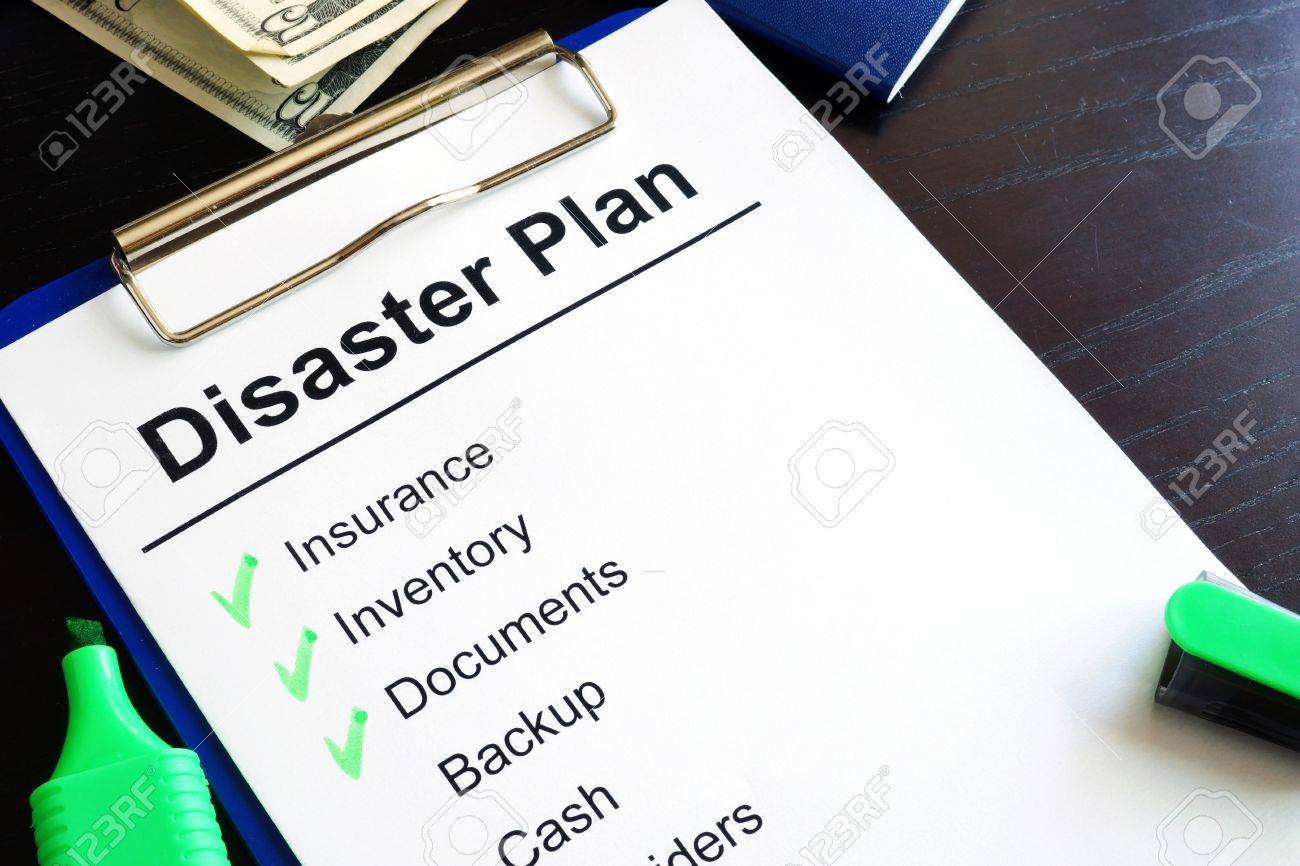It seems like business owners today are more suspectable than ever to disasters. Natural disasters like wildfires, floods, earthquakes, hurricanes, tornados & blizzards, and man-made disasters such as acts of terror, power outages, cyberattacks, major accidents & possible pandemic outbreaks are making the headlines with increasingly greater frequency.
According to the Institute for Business and Home Safety, “about 25 percent of businesses don’t reopen after a major disaster.”
Protecting your small business from this fate is easy but requires: (i) educating yourself about the risks, (ii) creating a plan of action, (iii) sharing your plan of action with your employees and (iv) periodically reviewing, testing & updating your plan, as needed.
A good disaster plan includes several steps: prevention, protection, mitigation, response, and recovery.
Prevention starts with financial planning, so working from a budget, knowing your break-even point (or how long you can last in the event of a catastrophe) and creating a cashflow forecast to manage your cash reserves.
Every business today should protect their business records by digitizing and backing-up its electronic financial & tax records to prevent their loss. This requires scanning key documents and storing a copy of your records either on the Cloud or in a different location that is safe from any disaster. If a business hasn’t compiled a list of its assets, it should create a room-by-room list of its furniture & fixtures, business equipment and other business property. Taking pictures on your cell phone is quick and easy, and can help you to both recall and prove the market value of items for insurance and casualty loss claims.
To mitigate any possible losses, business owners should have a conversation with their insurance agent about ways they can protect their business from disasters. For instance, businesses that use a payroll service will want to make sure that they have a “fiduciary bond” to ensure their payroll in the event of a disaster. Business owners should also have key-person life insurance, adequate protection of their physical assets, and a buy-sell agreement in place, if there is more than one business owner. In addition, business owners should, furthermore, consider business interruption insurance.
The key to effectively responding to disasters is to have a good “disaster plan.” Components of a good disaster plan include:
– Keeping your emergency contact information current;
– Setting up alerts on your cell phone;
– Installing surge protection, smoke detectors, security access and cameras in your building;
– Posting an evacuation plan in your building — which is an OSHA requirement;
– Investing in employee safety, CPR and first aid training;
– Conducting employee disaster awareness training, including a discussion of your community’s warning systems, evacuation routes and where to seek shelter in the event of an emergency.
– Creating a safe room or safe area on your property;
– Determining team member roles in the event of a disaster;
– Deciding how you will communicate in the event of a disaster;
– Sharing your disaster plan with customers and suppliers;
– Coming up with a supply chain contingency plan;
– Assembling a “disaster kit” – which should include wireless cell phone chargers and boosters chargers that do not rely on electricity as a backup to communicate, storing food & water which should be switched out every 6 months. Purchase batteries, emergency lighting, portable generators, first aid, kits and make sure that your phone system has PA capabilities.
– Have a cybersecurity plan, which we discussed during my last broadcast ; and
– Reviewing, testing and practicing your disaster plan annually with your employees.
During the recovery phase of a disaster, the business owner should establish a remote office, obtain access to its business records, restore its payroll and invoicing capabilities, implement its “employee/customer/supplier communications plan,” and resume services once its local news source has announced that it is safe to conduct business in the area(s) the business serves.
There are several government entities that offer disaster specific information on-line. For example, The Federal Emergency Management Agency (FEMA) is a great resource for information about how to specifically prepare for different natural disasters, and it also has a very good disaster preparedness checklist that can be downloaded from the Internet.
For more information about preserving your equipment and business records, business owners can reference the IRS’ Guide on “Protecting Your Information Before An Emergency Strikes.”
In the event of a disaster, the business owner should download IRS Publication 584, Casualty, Disaster, and Theft Loss Workbook.








